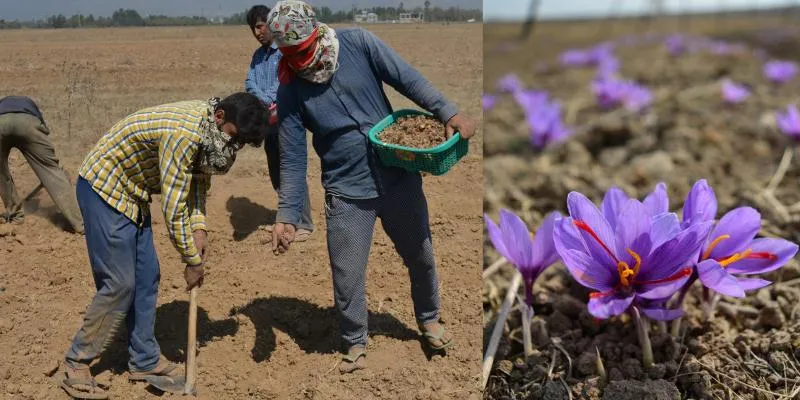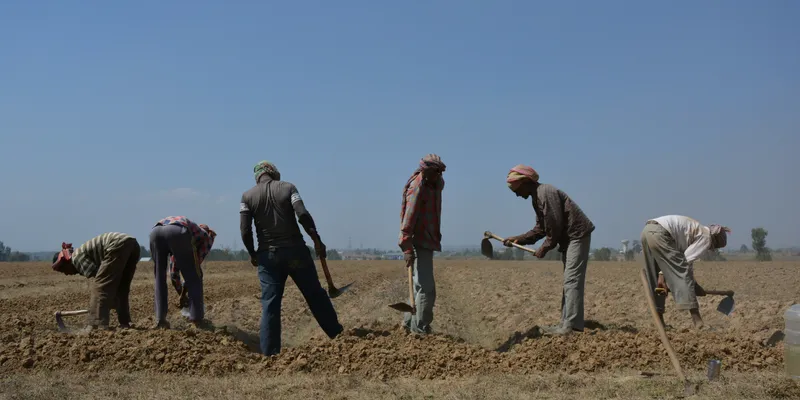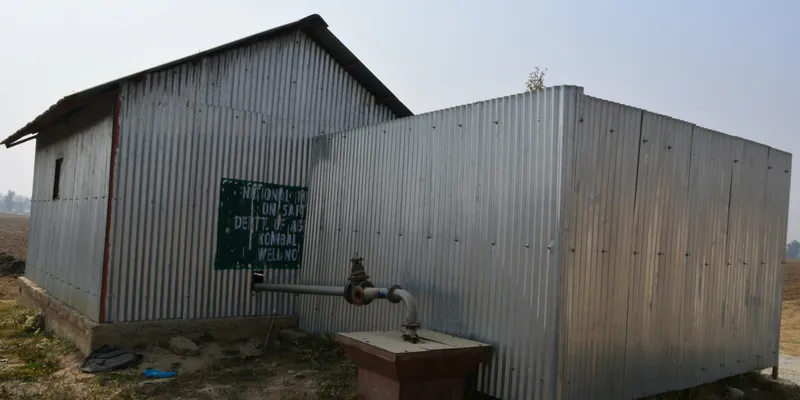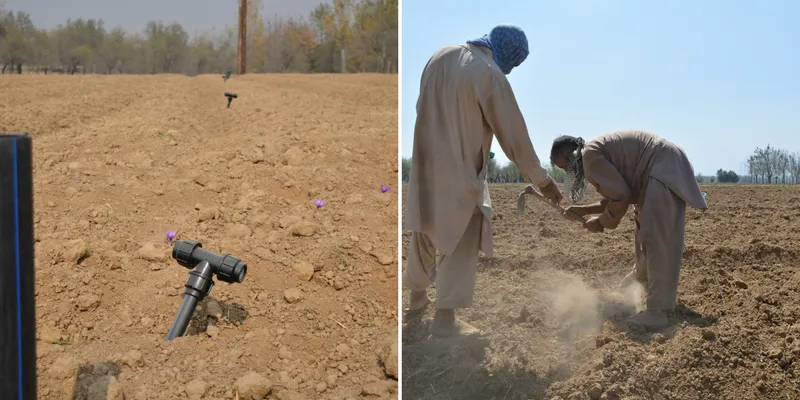Why is saffron dying a slow death in Kashmir?
This year the saffron yield is expected to be the lowest in decades as the region witnessed the worst dry spell with no rains in the past three months causing low soil moisture.

Kashmir is one of the three prominent cultivation centres of saffron, globally. Kashmiri saffron, is dubbed as the marvel of the saffron species, is grown mainly in the fields of Pampore on the outskirts of Srinagar and its adjacent areas, Khrew, Ladhoo , Chandhara, Samboora and Wuyan. However, lately it has caught the attention of many due to the decrease in its production.
According to Abdul Rahman, a local saffron grower,
The production of saffron has gone down due to the scarcity of rainfall, as the Valley is witnessing a dry spell for the past four months. And also due to apathy by government to boost production of saffron.
Low production
Saffron was originally sourced to Kashmir from Iran. Despite Iran continuing to remain the largest producer of the crop, Kashmiri saffron remains most expensive with a price range of Rs 2 to Rs 2.5 lakhs per kilo.
However, the crop production is on a decline since 2005. In 2005, the production of saffron flower per Kanal, one-eighth of an acre, as 15-20 kilograms which reduced to 1-1.5 kg in 2016. It takes roughly 75,000 flowers to make half a kilo of saffron.

This year, the situation is much worse and the saffron yield is expected to be the lowest in decades as the region witnessed the worst dry spell with no rains in the past three months causing low soil moisture.
The area under saffron cultivation has declined from 5,707 hectare in 1996-97 to 3,785 hectare in 2014-15, bringing down the production from 3.13 kg per hectare to 1.88 kg per hectare in the last few years.
Firdous Ahmad, a local resident of Pampore, says that due to low production people are compelled to sell their lands to earn their livelihood.
Jammu & Kashmir enjoy a monopoly in saffron cultivation in India as nearly 7.3 per cent of world saffron is produced in the state. This puts India third on the list of countries producing saffron.
A matter of concern is that the saffron cultivation has declined and government hasn’t been doing enough to boost its production, he added.
Schemes have seen little progress
Farmers depend on a few borewells installed by the government, which remain mostly locked. Locals complain that they are forced to abandon saffron farming.

In 2010, the central government sanctioned Rs 371.18 crore to the National Saffron Mission to prevent the declining production of saffron in the valley. The cost of the project was then escalated to Rs 411 crore.
According to a report by the Saffron Mission Directorate,
101 borewells were dug under the central scheme, of the total 126 proposed. The scheme proposes that these borewells should be connected with an equal number of sprinklers. However only eight out of 128 sprinkler systems have been installed so far among which only a few are functioning.
“The irrigation supply organised by the government has failed completely as some pipes are defunct while some have been stolen leaving us with little or no water at all. It has failed completely and the situation is such that we either have to cultivate something else or look at some other profession,” says Ahmad.
Essential for the economy
Saffron is an important produce in Jammu and Kashmir and contributes a large percentage of the total share of income to the state. Pampore and its neighboring areas produce an average of 2,128 kilograms of saffron every year. It has many uses in industries such as food, pharmaceuticals, cosmetics and perfumery as well as in textile dyes.

Local farmers say that they used to collect 10-20 kilogram of saffron from 1 Kanal of land, but now they feel lucky if they are able to collect 1 or 2 kilogram.
Farmers harvest three batches of saffron flowers in one season, but this year even as the harvest season draws to a close, most are still waiting to pick the first batch of flowers.
Kashmir witnessed a similar dry spell during the early 2000s when saffron production dipped to its lowest of 0.30 metric tonnes in 2002 from 3.59 metric tonnes the previous year. Pertinently, the NSM also envisaged a sprinkler system of irrigation to help overcome dry spells, but has failed in doing so.







